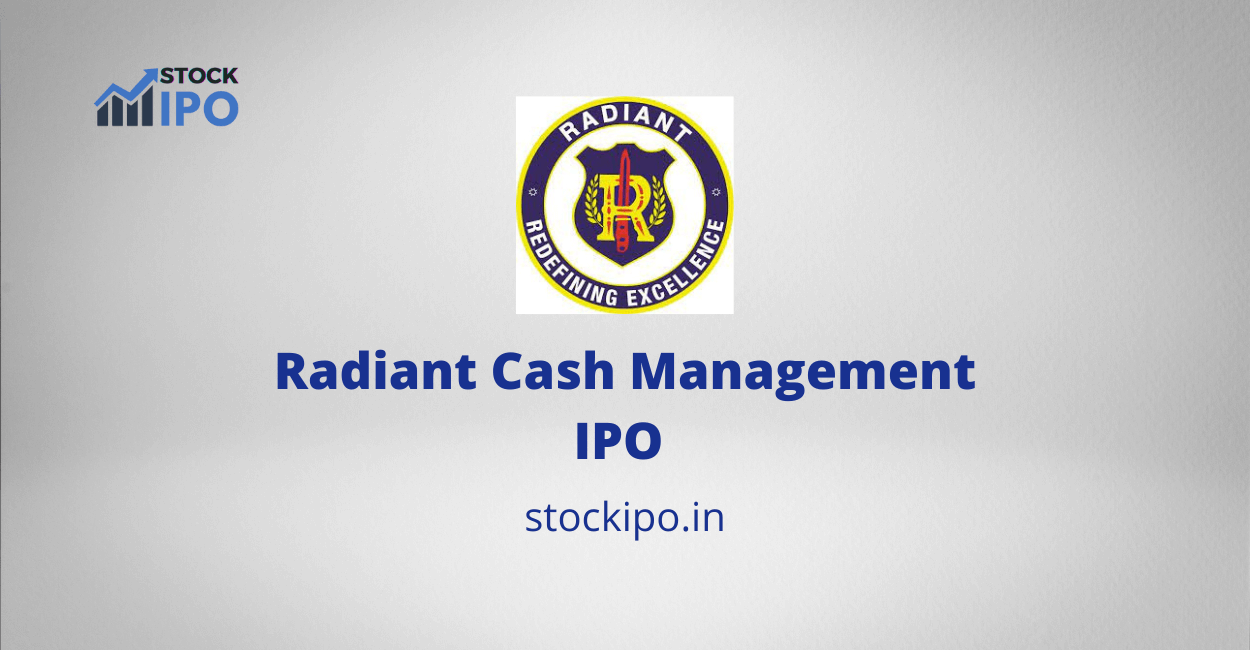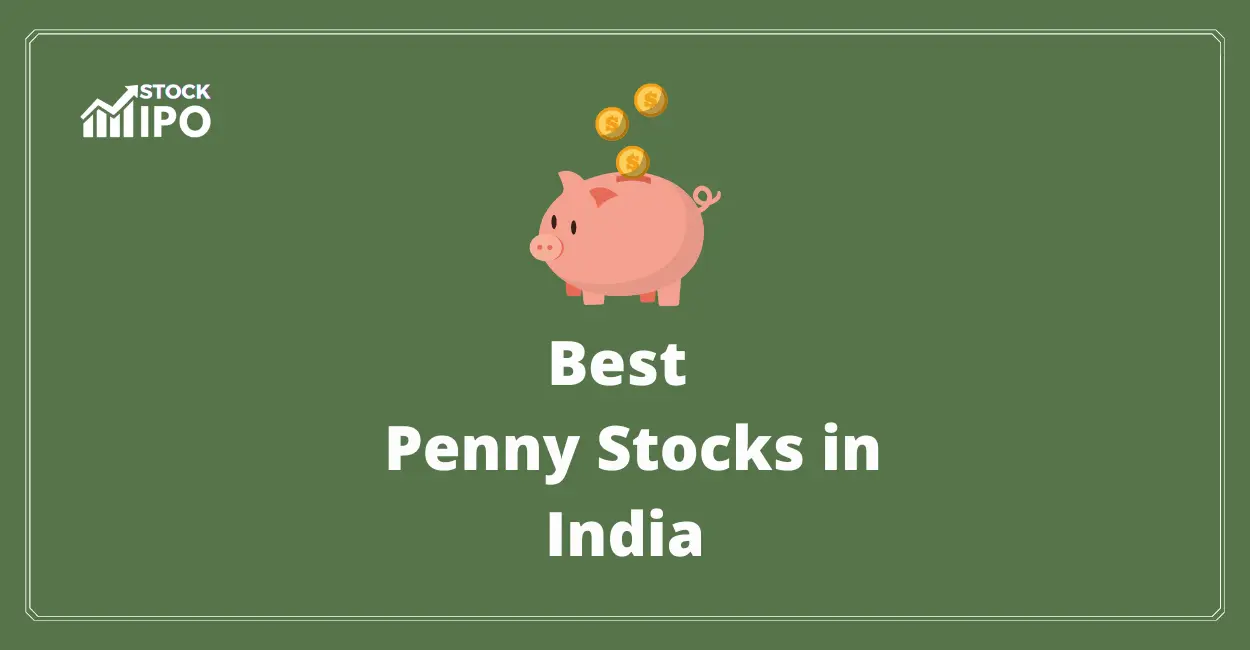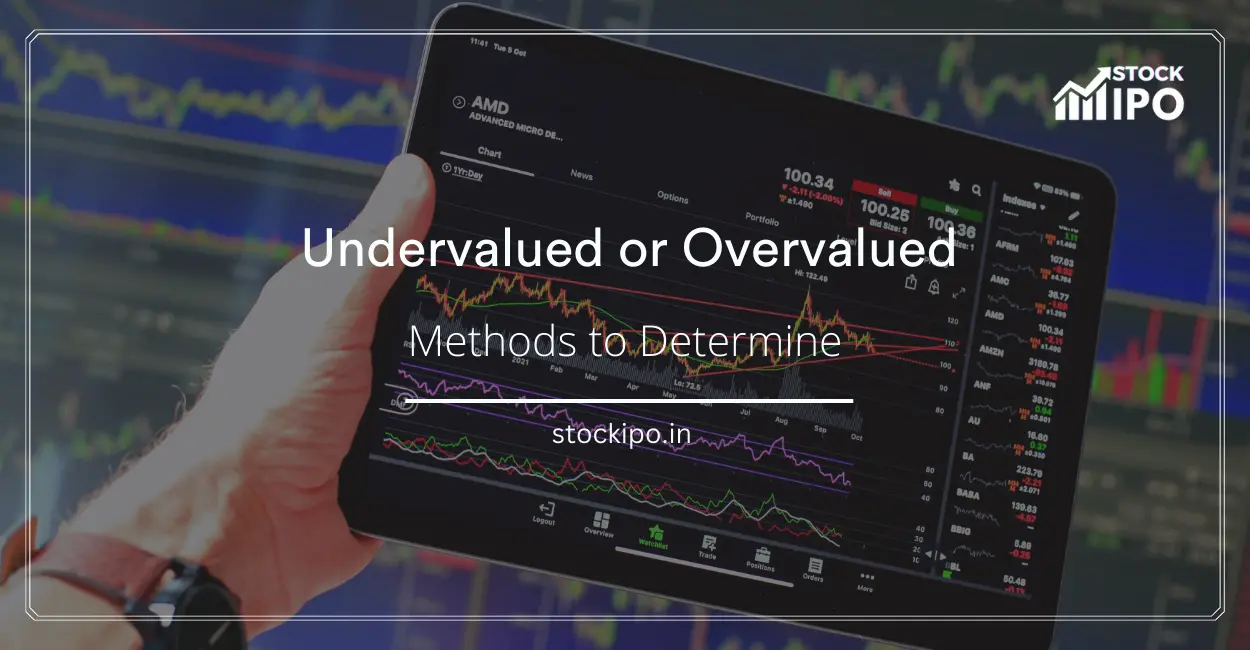There are many technical terms that investors use daily to make investing decisions. These can be some important terms regarding stocks like valuation and profitability ratios. To help investors make better investing decisions, let’s discuss some important terms that investors should know before they conduct fundamental analysis on companies.
Some important terms to know while doing company fundamental analysis:
1. Market capitalization
Market capitalization refers to the total market value of the company’s equity. It is a metric which is calculated by multiplying a company’s outstanding number of shares by its share price. Provided other things remaining constant, when a company increases its number of outstanding shares, its share price adjusts accordingly so that the market capitalization remains the same. Otherwise, a company could simply increase its market capitalization by increasing the outstanding number of shares.
For example, the market capitalization of a company with 10 million outstanding shares and per share price of ₹50 is ₹500 million. Now, if the company announces a 1:1 bonus issue, the number of shares increases to 20 million and the share price halves to ₹25, so that the market capitalization remains the same at ₹500 million.
2. Enterprise Value
Enterprise value is a metric that is used to measure the total value of the company. It takes into account the entire market value rather than just the equity value, as depicted by market capitalization. It represents asset claims for both debt and equity holders. The formula for calculating enterprise value is to add the market value of equity (given by market capitalization) and the market value of debt, and subtract from it the cash and cash equivalents. It is a widely used metric in company valuations.
For example, if the market value of a company’s equity is ₹100 crore, the market value of the company’s debt is ₹50 crore, and the company has cash and cash equivalents worth ₹20 crore, the company’s enterprise value will be ₹130 crore (100+50-20).
Best Semiconductor value stocks in India
3. P/E ratio
The PE ratio is a ratio used in valuation of companies. It is calculated by dividing the price per share by the company’s earnings per share. A PE ratio of 30 means that investors are willing to pay ₹30 for every rupee that the company earns. This is because they feel that the company’s earnings per share will grow in the future. The PE ratio is simple to calculate. But one flaw of this ratio is that it is based on the company’s past earnings, while a company’s stock price reflects its future outlook. A modification of this ratio can be the forward PE ratio, which is calculated by dividing the price per share by the projected forward earnings of the company. Another modification can be the PEG ratio, which takes into account the growth rate in the company’s earnings.
For example, a company trading at a share price of ₹100 with earnings per share of ₹5 is trading at a PE of 20. And if the projected earnings per share of the company for the upcoming year is ₹8, then the forward PE ratio comes out to be 12.5 (₹100/₹8).
4. P/B ratio
The P/B ratio is another widely used valuation metric and is majorly used in the valuation of financial companies such as banks. The P/B ratio is calculated by dividend the company’s price per share by the company’s book value of assets per share. An assets book value is its carrying value of assets on the balance sheet, which is calculated by netting against accumulated depreciation. A P/B ratio under 1 can be considered as a value investment (provided all other fundamentals are good) as its shares are selling at less than its book value. This ratio compares the company’s market value to its book value.
For example, if the company’s share is trading at a price of ₹100 and its book value per share is ₹25, it is selling in the market at a P/B ratio of 4. Also, if the P/B ratio of a company is less than 1, it is not necessarily a great investment as investors might be assigning a lower value to the company as they may feel that there is something fundamentally wrong with the company.
5. Face value
Every company in the stock market issues stocks and bonds with a fixed value, known as the par value or the face value. The face value of stocks is generally ₹10, ₹2, or ₹1. Assigning a face value to the company’s shares is important as it helps in the accounting of share capital. Face value is helpful in calculating interest payments and premiums.
For example, if a company wants to raise ₹10 crore from investors to expand its business, it can offer 10 lakh bonds with a face value of ₹100 each.
6. Dividend yield
The dividend yield of a stock is a ratio that measures the annual value of dividends received in the context of the company’s market value per share. Simply put, it represents the percentage of a company’s market price per share that is paid back to shareholders in the form of dividends. This ratio is calculated by dividing the annual dividend received by the shareholder by the per share market price of the company. Dividends are a part of total returns earned by investors on their investments, and thus is an important metric from a return perspective. Dividend yield for government owned companies are very high and some of them even provide returns from dividends alone that are higher than bank fixed-deposits.
For example, if an investor earned ₹5 per share in the form of annual dividends from a particular company, and the share price of that company is ₹100, the dividend yield comes out to 5% (₹5/₹100). A higher dividend yield means investors are getting paid back quickly as the company is sustainably generating profits and rewarding shareholders.
7. Book value (TTM)
The book value per share of a company is calculated as the equity available to common shareholders divided by the number of shares outstanding. A comparison of the company’s market value per share and the book value per share can provide insights on how the company’s stock is being valued by the market participants. If the company’s book value per share exceeds the stock price, the stock is deemed to be undervalued. Conversely, if the company’s book value per share is less than its stock price, the stock can be thought of being fairly valued or overvalued. It is important to note that while calculating this ratio, the value of preferred stock should be excluded. In short, the BVPS represents the value of equity that remains after all debts have been paid and the company’s assets have been liquidated.
For example, if a company has shareholder’s equity excluding preferred dividends worth ₹1000 crores, and it has 500 crores outstanding shares, its book value per share comes out to ₹2 (₹1000 crore/500 crore).
8. Cash
As obvious as it seems, there is not much to explain with regards to this term. Cash simply refers to the cash and cash equivalents and bank balance lying with the company. It can also include short-term liquid instruments. It is the most liquid asset that the company owns. It is represented on the assets side of the company’s balance sheet. It can have usage in various forms such as meeting the company’s daily cash expenses, making a cash acquisition, paying bondholders, and the rest.
9. Debt
Debt is simply the borrowings that the company has made till date and is yet to repay them. Debt is a company’s obligation to pay its lenders and is thus represented on the liability side of the company’s balance sheet. A company can take debt by issuing bonds, taking loans from banks, etc. A company’s debt is compared in relation to its equity.
10. Promoter holding
Promoter holding refers to the percentage of ownership in the company’s equity capital that is held by the promoters of a company. The promoters and its group entities have significant influence on the business of the company, and any changes in their ownership of the company’s equity are of great importance to retail investors. Every company is mandated by the Securities and Exchange Board of India (SEBI) to disclose its shareholding pattern every quarter. A decrease in the promoter holding may reflect lack of confidence of the promoters in the company’s business prospects, whereas an increase in the promoter holding might indicate that the promoters are bullish on the company’s future.
11. Earnings per share (TTM)
Earnings per share are a ratio which is calculated by dividing the net earnings available to the company’s common shareholders by the average outstanding shares over a certain time period. This metric indicates a company’s ability to generate net profits for the common shareholders on a per share basis. Higher EPS indicates better profitability.
For example, if the net income available to the common shareholders is ₹100 crore and the weighted average outstanding shares for the period were crores; the EPS comes out to be ₹10.
12. Return on Equity (ROE)
A company’s return on equity is calculated by dividing the company’s net income by the total value of its shareholder’s equity. It is expressed in percentage terms. It represents how much a company was able to earn in profits on its beginning equity capital for the year. Calculating this metric can give an investor some insights on how the management is using equity capital to grow its business. A sustainable and increasing return on equity means that the company has profitable investment opportunities available to reinvest.
For example, if a company earns a net income of ₹5000 crores on a shareholder equity of ₹200 crores, its return on equity comes out to be 25% (5000/200).
13. Return on capital employed (ROCE)
Return on capital employed is profitability metric but which is slightly different from return on equity. ROCE indicates how successfully a firm generates profits from the total capital it uses. When evaluating investment decisions, investors use this ratio as one of the most important profitability measure. It is calculated by dividing the earnings before interest and tax (EBIT) by the total capital employed.
For example, if a company earns an EBIT of ₹2000 crores in a given financial year on a total capital of ₹100 crores, its return on capital employed turn out to be 20%.
14. Debt/Equity ratio
The debt/equity ratio is used as a measure of gauging a company’s leverage. It is calculated by dividing the company’s total debt by its equity capital. It is used to assess a company’s financial risk by investors. Too much debt in relation to the company’s equity can lead to questions on the company’s ability to pay back its borrowings in times of financial distress. A debt/equity ratio lower than 1 is desirable.
For example, a company with debt worth ₹1000 crore and equity worth ₹2000 crore will have a debt/equity ratio of 0.5.
15. CFO/PAT ratio
This is a ratio which is used by investors to assess whether the company is earning cash profits or not. As the net profit on balance sheet is of accrual nature, this ratio helps in understanding the quantum of profits that the company is able to earn in cash. The higher this ratio the better it is.
For example, if a company’s CFO is ₹500 crore and its PAT is also ₹500 crores, its CFO/PAT ratio is 1.
16. 52-week high
52-week high refers to the highest price that the company’s stock traded at in the last one year.
17. 52-week low
52-week low refers to the lowest price that the company’s stock traded at in the last one year.
18. EBITDA margin
EBITDA margin is another measure of profitability. It is calculated as the company’s EBITDA divided by the company’s revenue. A higher ratio indicated that the company is able to convert its revenues into profits more efficiently.
For example, if a company earns an EBITDA of ₹1000 crores on a revenue of ₹5000 crores, its EBITDA margin is 20%.
Fundamental Analysis on Top Stocks
Our experts have conducted a thorough fundamental analysis of leading stocks in the Indian market. This analysis can provide valuable insights to aid in your investment decisions. Here is the list of these stocks:







